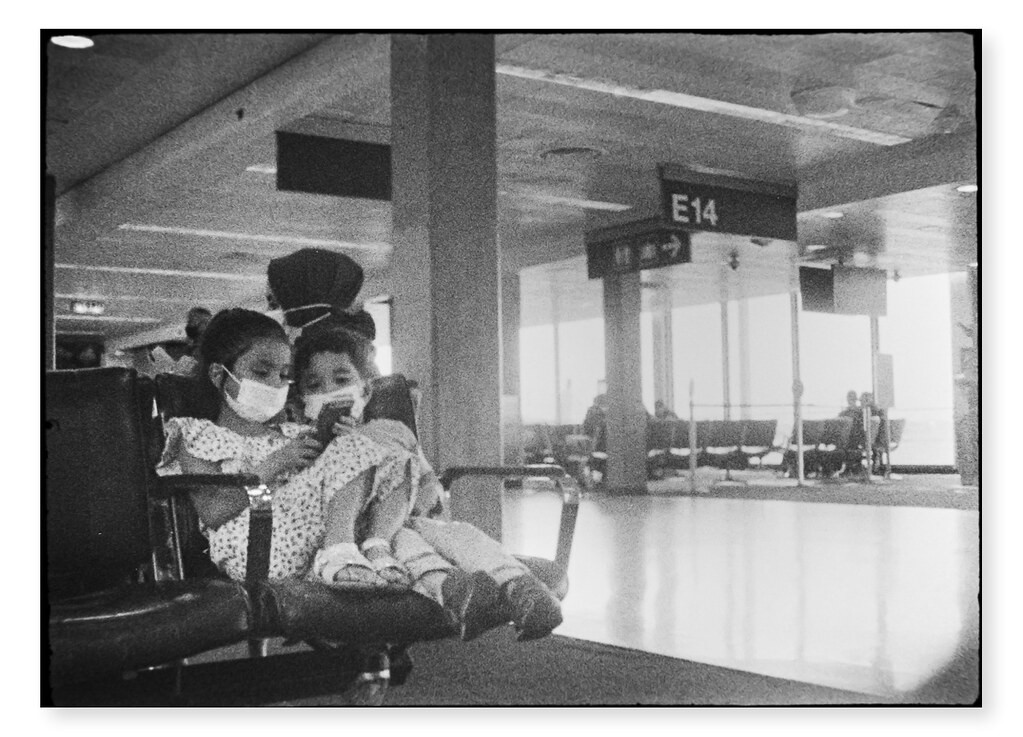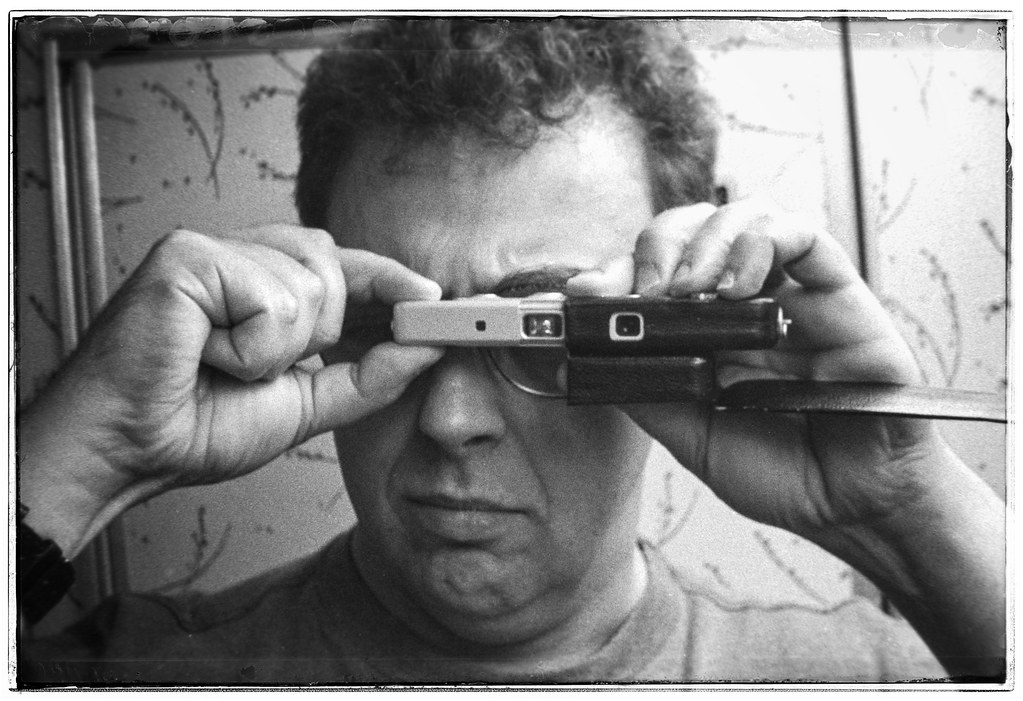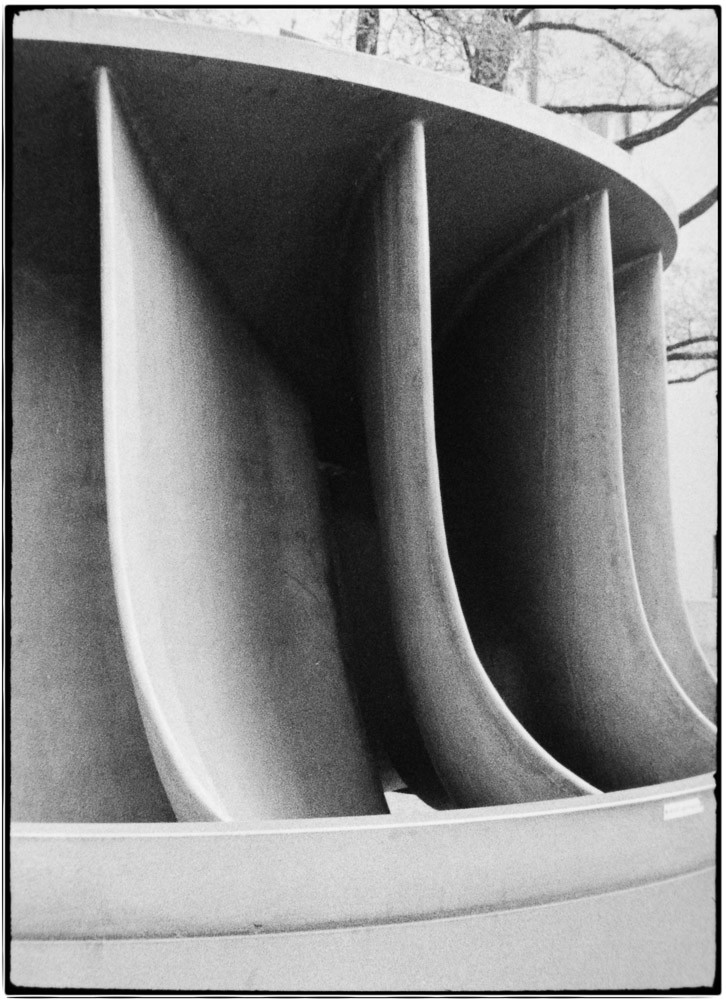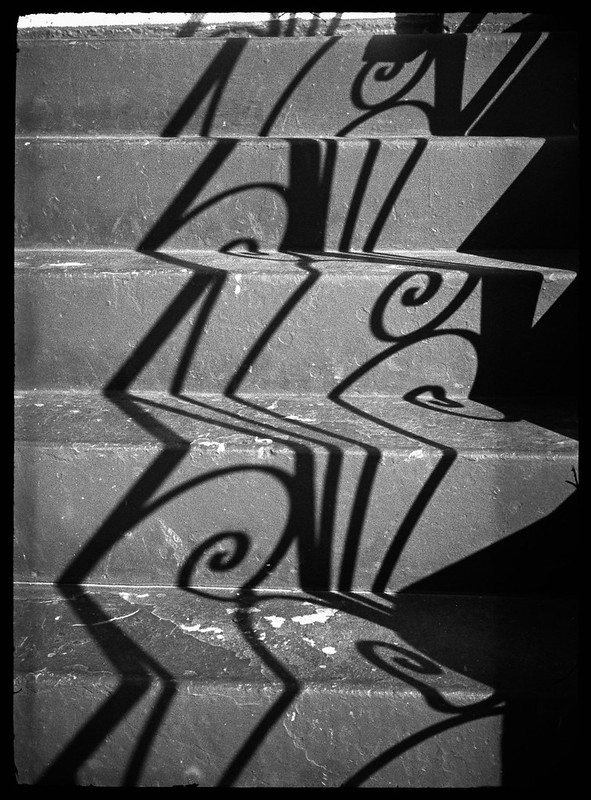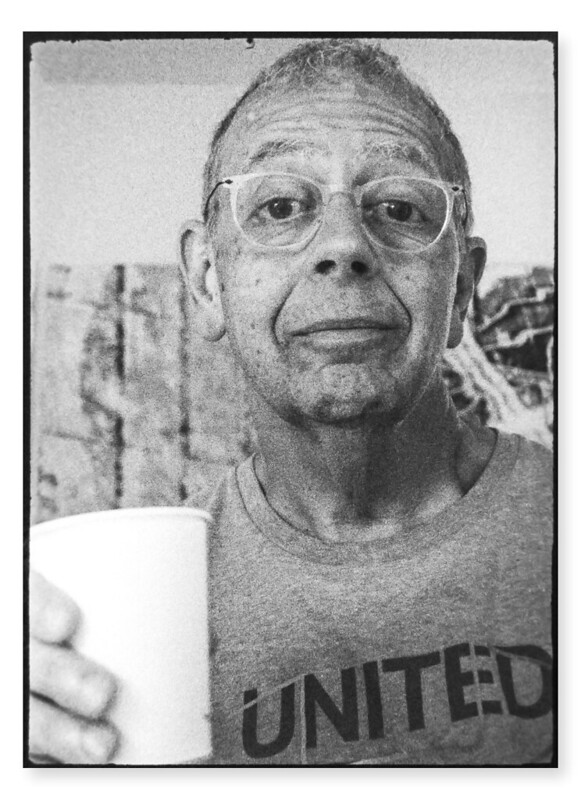I've had a weird desire to get into Minox for a
long time, and these shots aren't helping,
@qqphotos. They're beautiful. It just feels like there's too many hurdles, though...
1) film slitting. Realistically, can you do it in a flat dark bag, or do you need a tent or a proper darkroom?
2) development. Where the hell do you get Minox development gear? Is there a Minox reel that fits in a Paterson tank, or do you need to get a dedicated tank/reel combo?
3) how are you scanning Minox film? What about printing?
Thank you!
Slitting with xkaes's slitter from a 35mm roll is easy. I think it would be easy in a bag, too, though you may end up with more dust. I used to load 8x10 (inch!) holders in a bag, though, so maybe my tolerance is higher.
Development is a pain in the ass, imo. There are reels that fit in a paterson tank, they're nicely made and very easy to load, but I've been absolutely unable to get even development with them - they're 3D printed and the film channels are square, not triangular, so some portion of the film is mostly in contact with the channel edge through developing, and the resulting underdeveloped area intrudes far into the image area since the film is so narrow. Others apparently have success with these, so it may just be me.
The original Minox tank actually works very well as far as uniform and consistent development. Loading them the "official" way is only practical if you're using commercially loaded cassettes and don't care about saving them for reuse, I think. I reload my own because it's almost free instead of very expensive, but as a result end up having to tape the film ends into the helical channel when winding it emulsion out on the tank's drum. It's less convenient but works ok. To use the tank the proper way your film needs to be of just the right length and has to be punched correctly at the end, and the cassette gets wet with solutions during processing.
I have not tried analog printing minox film though the tiny enlargers are cute and tempting. I wet-mount the film on glass and photograph it on a light box with a sony mirrorless camera and macro lens. It's not as much of a hassle as it sounds, and it a) gets the film perfectly flat, and b) uses only the dead center of the macro lens's field of view so you get near perfect optical reproduction of the negative. You can wet mount a whole roll in strips at once and just chug through them with a mask in a few minutes. With my 70mm Sigma macro on the sony a7r5 the minox negative gives a 2200 x 3000 pixel file, which is probably sufficient. It would be interesting to try one of the newer Laowa 2x macros though. There seem to be 3rd party minox film carriers for some scanners, too, though, and that would be even less hassle.
I do touch up and editing in lighroom mostly to make exposure and contrast consistent across a set, and print by inkjet when I print at all. It's actually amazing using one for document copying - a letter or A4 sheet full frame (using the measurement chain to get the distance exact) photographed with the minox on high-resolving film like RPX25 and then printed looks like a xerox copy.
I mostly started playing with minox submini cameras on a lark, but there's something about the tiny negative and the rendering that is at least a little bit compelling. The optics are fantastically sharp and you end up "seeing" the characteristics of the film and development in the image much more than with larger formats, and it's a bit like looking through a tiny window at the world.






